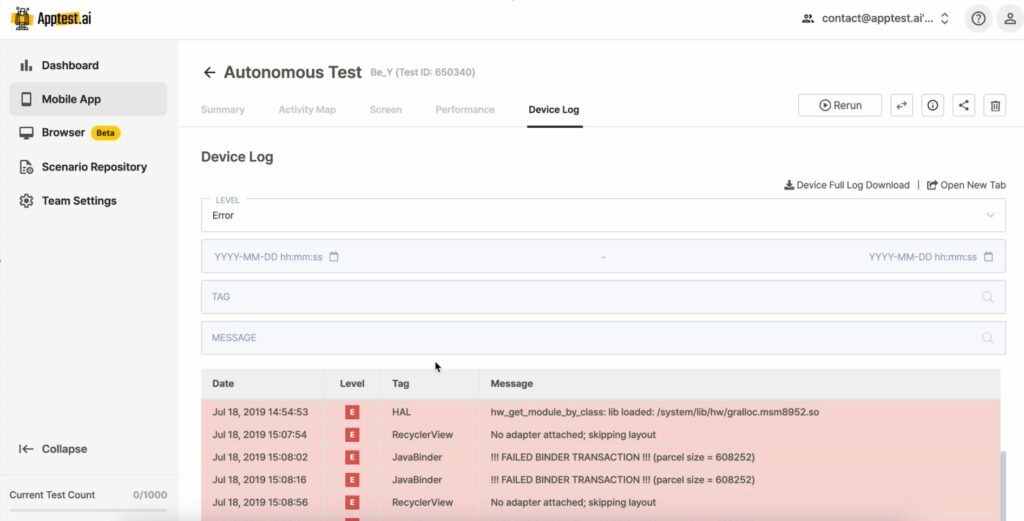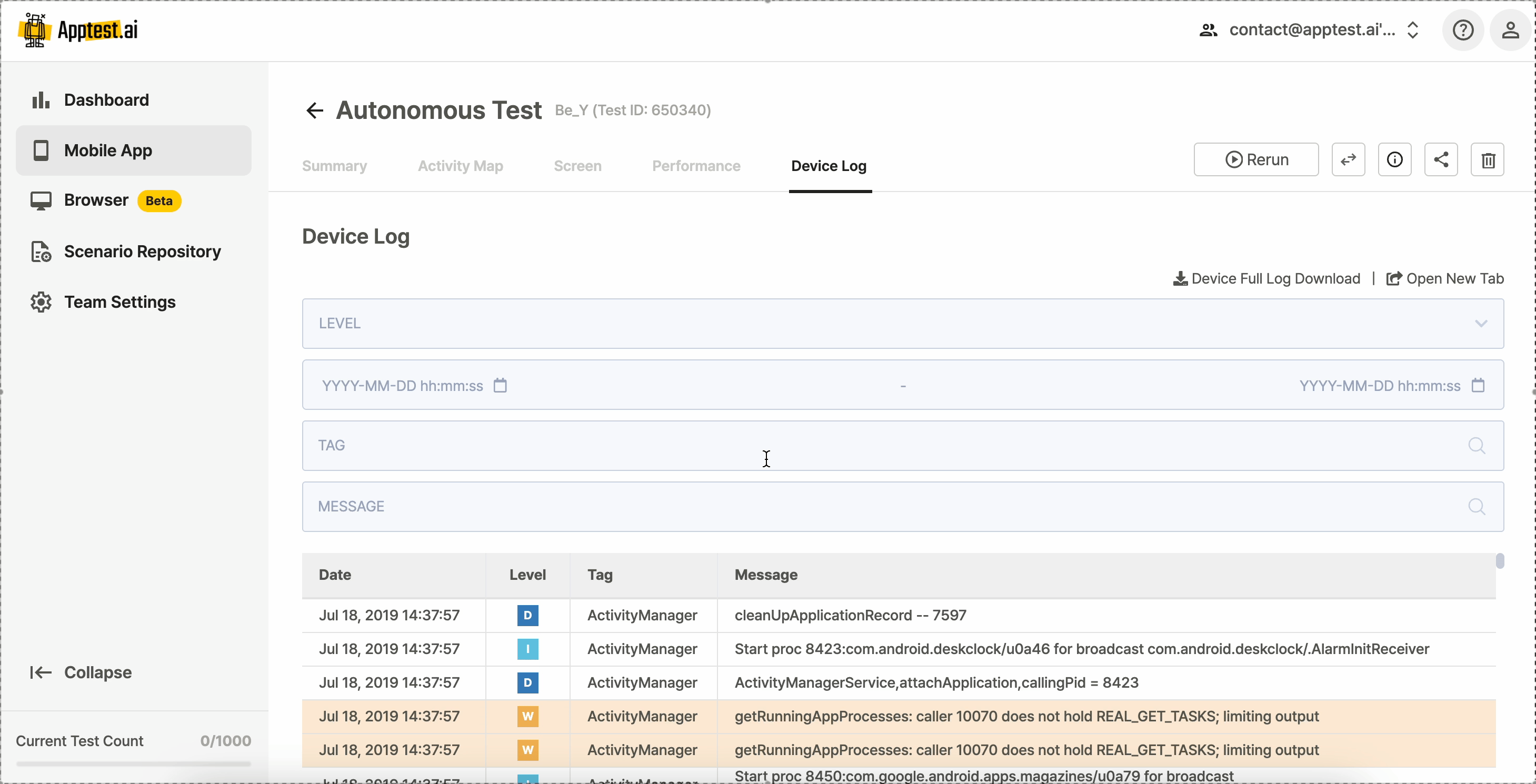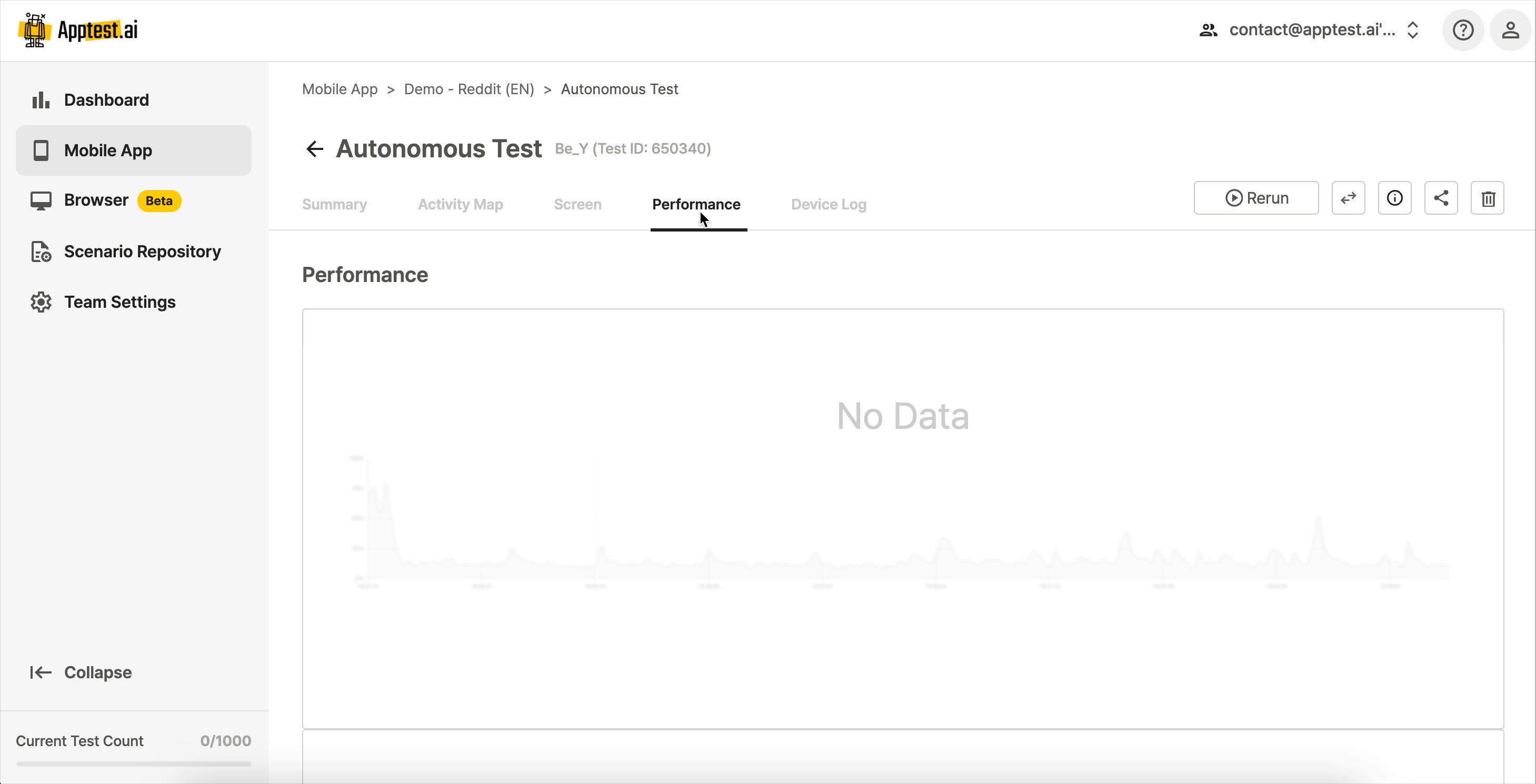Why the Same 5 Mobile App Bugs Still Exist in 2025—And How AI Solves Them

The mobile app ecosystem continues to expand in 2025, with more than 5,500 new apps launching daily. Yet users still leave at the first sign of trouble, resulting in a staggering 68% churn rate.
Even with high ‘Crash-Free Session Rates,’ minor but persistent bugs continue to damage user experience.
At Apptest.ai, we have tracked these issues since 2019. Interestingly, the top five bugs haven’t changed much.
This reveals two critical insights:
- Mobile app bugs remain consistently predictable.
- Traditional testing methods struggle to scale with today’s app complexity.
But why do these bugs still persist?
The root causes are both fundamental and widespread:
- Diverse device and OS environments
- Legacy code deeply embedded in app architectures
- Rapidly increasing complexity of app features
- Manual testing that simply cannot keep pace with modern development cycles
As a result, these five bugs continue to resurface across countless app releases and updates.
📍 The Persistent Top 5 Mobile App Bugs
1. Broken Links
Dead-end links frustrate users and disrupt app navigation, especially as device types and languages increase.
→ Apptest.ai Solution: Our AI Vision Tools validate thousands of links in minutes, identifying and resolving broken or misdirected navigation flows. This reduces navigation-related errors by 35%.
2. Null Pointer Exception (NPE)
When apps access non-existent objects, crashes or force closes follow. These bugs often slip through in rapid CI/CD cycles.
→ Apptest.ai Solution: By combining Static Code Analysis with AI-driven pattern learning, we predict and prevent NPEs before deployment. This reduces diagnosis time from hours to minutes, minimizing crashes in production. For complete visibility, all detected crashes are automatically logged in the Test Result Dashboard, with clear root cause and location provided.

You can see how this information is displayed in our Test Result Overview and Device Log Tab.
3. Index Out of Bound Exception
Dynamic user interfaces often trigger index errors that cause unexpected failures.
→ Apptest.ai Solution: Our AI Testing Engine simulates real user journeys, detecting index-related crashes early. This approach reduces such incidents by 28%.
4. Out of Memory (OOM)
Heavy Media, AR/VR features, and resource-intensive apps increase the risk of memory crashes.
→ Apptest.ai Solution: Through automated stress testing on real devices, we detect OOM bugs twice as effectively as manual methods. We also provide real-time analysis of resource usage, helping developers identify and resolve memory-heavy operations before they cause crashes.

You can track CPU and Memory usage trends in our Performance Tab for complete visibility for the entire testing duration.
5. Bad Token Exception
Complex authentication flows often fail silently, undermining user trust and increasing support tickets.
→ Apptest.ai Solution: Our AI Anomaly Detection continuously tests authentication flows, catching token-related failures early and reducing related support tickets by 60%.
📍 Delivering Reliable Apps Faster with AI-Powered Testing
Apptest.ai provides Autonomous App Testing for iOS and Android apps on real devices—no coding or scripting required.
Our solution enables teams to detect issues early, maintain app quality, and accelerate release cycles through:
✅ Automated detection of crashes, force closes, and navigation errors
✅ Root cause analysis with precise issue location
✅ 24/7 real-device testing integrated with CI/CD pipelines
✅ Seamless compatibility across all devices and OS versions
✅ Scalable, AI-driven test automation for faster, more reliable releases
All test results are visualized in an intuitive dashboard, providing clear insights for rapid issue resolution.
Seamless Real Device Testing: Device Farm Optimization
Apptest.ai’s Device Farm enables testing on real devices across multiple OS versions with zero manual setup. Unlike emulators, our Device Farm detects environment-specific bugs early and ensures real-world reliability. It integrates seamlessly with your CI/CD pipeline, supporting continuous, automated testing at scale.
📍 The Future of QA: AI-Driven Automation
We are advancing into Generative AI for scenario creation and Explainable AI for transparent reporting, setting new standards for autonomous testing.
Ready to see the difference? Request a Demo Now and experience how Apptest.ai is redefining mobile app testing in 2025.
Curious about how these bugs were first identified and tracked? Check out our detailed 2019 analysis to understand the journey from discovery to AI-driven solutions.
📍 Common Questions
Q: Why do these bugs still persist after years?
A: They’re rooted in fundamental software development challenges that traditional testing cannot address at scale.
Q: How does Apptest.ai integrate with development workflows?
A: We seamlessly connect with all major CI/CD platforms, providing instant feedback for developers.
Q: Can AI testing really find what manual testing misses?
A: Yes—our AI simulates thousands of user interactions across diverse devices, identifying issues human testers simply cannot discover due to time and resource constraints.
Experience the next level of quality assurance with Apptest.ai
#MobileAppTesting #AITesting #AppQuality #TestAutomation #DevOps